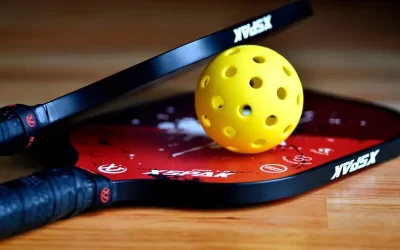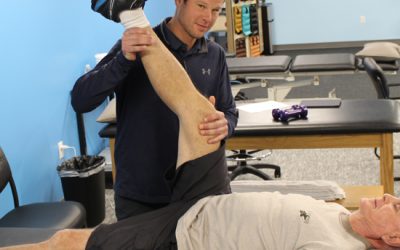by Kate Serodio, DPT, HamptonPT
Check all that Apply:
· Do you have high or low arches? ___
· Are you between 40-60 yrs. old? ____
· Do you run long distances, downhill or on uneven surfaces? ___
· Are you overweight or have you suddenly gained weight recently? ___
· Do you have a tight calf muscles? ___
· Do you Wear shoes with poor arch support or soft soles? Such as flip flops? Boat shoes? Or walk barefoot? ____
· Have you recently changed your activities? ____
· Do you like taking long walks on the beach? (no this is not the personal column!)___
· Recently suffered an injury on one side of your body and are now distributing all your weight on the other? ___
If you check YES to anyone of these then you are at risk!
Who is most likely to get a Plantar fasciitis?
Plantar fasciitis is the most common cause of Heel pain and affects 10-15% percent of the U.S population. It is estimated that 1 in 10 people will experience PF at some point in their lifetime Plantar fasciitis is responsible for more than 600,000 outpatient visits annually! PF is most common in overweight, middle aged, active and sedentary adults that demonstrate limited ankle dorsiflexion (toes pointed towards your head), and spend long periods of time on their feet. However anyone may be at risk if they recently changed their footwear or increased or modified their activity level.
What exactly is PF?
Plantar fascia is a thick fibrous non contractile connective tissue that originates from the bottom of your calcaneus (heel) and attaches to the base of your toes and therefor supports the arch of your foot. Historically, plantar fasciitis has been erroneously thought to be an inflammatory condition of the plantar fascia. More recently, the literature suggests that the condition is actually due to a noninflammatory structural degeneration due to repetitive micro trauma of the PF secondary to chronic overuse. You will most likely see a shift in the name from PF to plantar fasciosis in the years to come.
How will I know if I might have a PF?
Your healthcare provider or your physical therapist could easily determine if you have a PF based on your clinical exam. The telltale signs that you can look for are:
-Pain with initial steps or after a period of inactivity but also worse following prolonged weight bearing
-pain to touch the medial heel or arch
-pain when pulling your toes into extension (towards your, creating stretch on your arch)
– Heel pain precipitated by a recent increase in weight-bearing activity
-decreased ankle dorsiflexion (tight calf)
Could it be something else? (Differential diagnosis)
Yes, there are always other conditions that could be responsible for your heel pain such as:
· -Lumbar radiculopathy – (possibly coming from your back)
· -Fat-pad atrophy,
· -proximal plantar fibroma
· – Heel pain of neurogenic origin (tarsal tunnel syndrome, calcaneal nerve entrapment) if you have some degree of numbness/tingliness/burning you most likely have a nerve involved
What can I do to prevent PF?

Step #1: Immediately start stretching!
Plantar fascia stretch: Grab your toes and pull them towards your head 30sec 3x
Calf Stretch: dips on the step: place one heel off the edge of a step, toes onto a rolled up towel, and shift your weight to this leg, lower your body weight onto this leg and hold 30sec/3x (you can bend your knee to target the soleus muscle and you can keep your knee straight to target the gastrocnemius muscle.
Step #2:
· Avoid flip flops or unsupportive footwear. Many people that suffer from a PF often overly pronate (arch falls in while weight bearing), this repetitive motion puts too much strain on the PF. Arch supports will help prevent PF
Step #3:
· Gradually modify your activity levels and new recreational activities. Just because it’s finally nice out doesn’t mean you should decide to run a 10k when you haven’t been training outside all winter. Different terrain affects your body differently. The beach for example can be extremely problematic by increasing the stress while walking or running due the give of the sand. The motion of the foot is exaggerated.
Step #4
· Change your footwear every 300-500miles or at least every year. Footwear is less supportive with use and also time. The rubber material become less supportive over time because rubber breaks down over time regardless of use.
Step #5:
· If you start to feel heel pain, immediately stop doing what you’re doing and stretch. If you recently changed footwear, stop and throw out the shoes/sneakers. I often have patients think that they just need to break in the footwear and then they’ll be fine. This is not the case with this condition, your condition will only get worse if you continue to use them. Give them to someone you don’t like!
Step #6:
· If your pain continues for more than a week with these conservative measures you should immediately seek a physical therapist evaluation (Medicare patient’s and patients with PPO’s do not need a referral, you can simply schedule an appointment) or consult with your primary care to go to PT immediately. Research suggests the longer you wait the longer it will take to resolve the condition
What do I do if I have Plantar Fasciitis?
Step #1:
Immediately start stretching as indicated above!
Have numbness or tingliness? Perform the exercise for only 3 seconds and repeat only30x, 3x/day. Nerves do not like to be put on stretch for long periods of time! This will help bring blood flow to the nerve and reduce intraneural swelling
Step #2:
Modify your footwear. Stop wearing nonsupportive footwear, yes that includes your new flip flops. I recommend keen sandals, they are extremely comfortable, supportive and essentially no break in period
Step #3:
Roll your arch with a tennis ball to stretch the PF
Step #4
Consult with PT or PCP to initiate therapy treatment. Physical Therapy is extremely beneficial and effective. Again, you are best to start therapy sooner than later. The longer you have the condition the longer the rehabilitation. In general, most patients will require 6wks of PT 2x/wk. in order to return to their prior level of function.
 What will Physical Therapy consist of?
What will Physical Therapy consist of?
Graston Technique: Graston Technique incorporates an instrument assisted soft tissue mobilization that allows the therapists to effectively detect and treat scar tissue and restrictions that affect normal function. Essentially, the technique aims to make a chronic condition acute again. Your body will then start to help and heal itself. For more information visit: HamptonPT.com
Manual mobilization: Your therapists will aim to increase your dorsiflexion by manual joint mobilization treatments and manual stretching.
Neural mobilization: The tibial nerve can often be involved. It’s important to add neural mobilizations if it is suspected that the nerve has become inflamed. This will help desensitize the nerve.
Footwear modifications: Your therapist will examine your gait and foot biomechanics and determine the best footwear for you. You may also be advised to utilize over the counter inserts or heel pads. Your physical therapist could also make you custom orthotics if deemed necessary. Most often over the counter inserts are sufficient.
A rocker bottom sneaker has also been found in the research to aid in some pain relief and decreased plantar fascia pain.
You may also benefit from changing footwear throughout the day if you must stand long periods of time. This will change the pressure distribution.
Exercises/Stretches: There are a series of exercises to help increase the mobility/flexibility of your ankle which will help decrease stress on your heel. You will also be advised in a progressive series of strength exercises to help build/support your arch.
Taping: Low dye taping is very beneficial in immediately eliminating a true plantar fasciitis. This may also be used to determine the need for inserts
Night Splint: A night splint may be advised however if you have nerve symptoms this may exacerbate your pain. A good rule of thumb, if it feels better in the morning then it’s helping. If it feels worse then don’t do that!
Do I need an injection? Injections can weaken the plantar fascia and put you at a risk of rupturing the PF. More conservative measures should be performed first and then determined once other measures have failed.
We at Rye Physical Therapy treat this condition regularly and have great outcomes. If you have questions/concerns regarding your condition, please don’t hesitate to call and speak with one of our Doctors of Physical Therapy.
J Res Med Sci. 2012 Aug; 17(8): 799–804. Plantar fasciitis Mohammad Ali Tahririan, Mehdi Motififard, Mohammad Naghi Tahmasebi,1 and Babak Siavashi2
Journal of Orthopaedic & Sports Physical Therapy ,Volume 44, Issue 11 Heel Pain—Plantar Fasciitis: Revision 2014 Robroy L. Martin, PT, PhD, Todd E. Davenport, DPT, Stephen F. Reischl, DPT, Thomas G. McPoil, PT, PhD, James W. Matheson, DPT, Dane K. Wukich, MD, Christine M. McDonough, PT, PhD
Abduction in the plane of the shoulder blades
Rowing and Lat Pull Downs
General Tips and Advice:
Simple stretching routine to warm up your muscles before beginning your round
Hit a few balls on the driving range/warm-up area prior to hitting the course
Wear sunscreen, a visor/hat, and sunglasses to protect you and your eyes from the harmful UVA rays
Stay well hydrated during and after your game
When riding in the cart keep yourself, including your feet, inside the cart
Be aware of your environment and other players to avoid accidental soft tissue injuries…Fore!
Get sound advice from a professional regarding proper form, warm-up/stretching routines, and training treatments
Enjoy your golf season more by taking these tips and including them as part of your routine. Your game will likely improve and your body will thank you later. It is always good to have your golf swing checked by a professional to avoid poor swing mechanics, which can lead to compensation and overstressing your joints and muscles. Go get out there and have a great season! Most importantly be safe and have fun! For questions or consultation contact Rye Physical Therapy https://www.HamptonPT.com/






